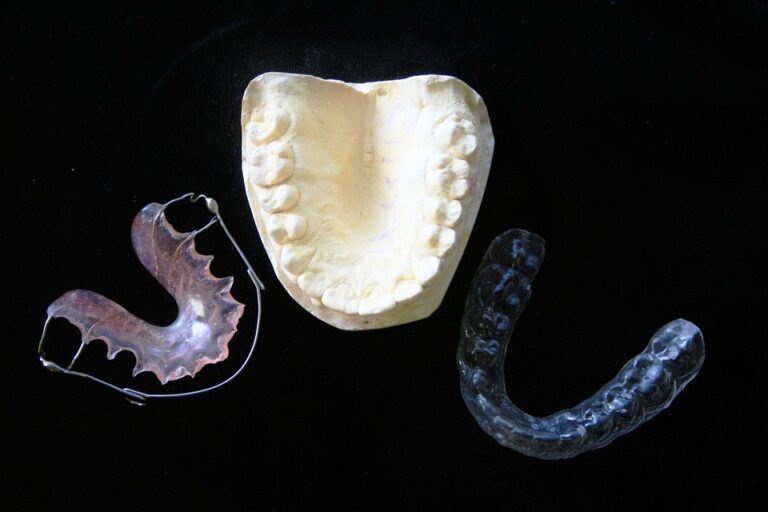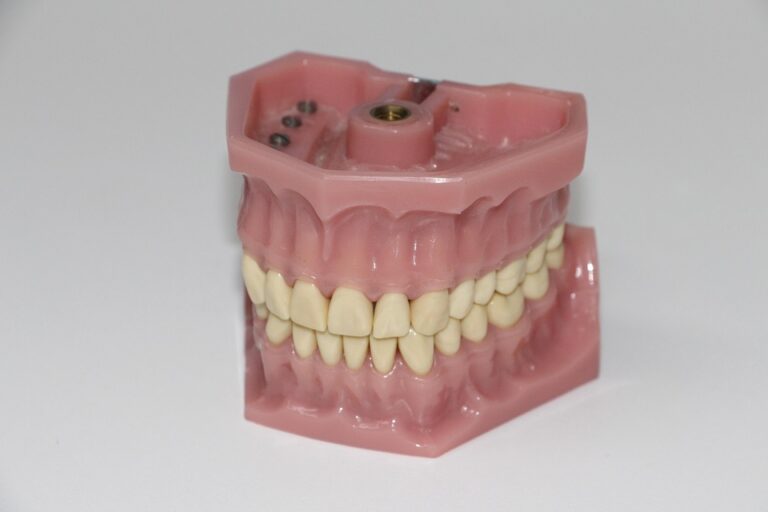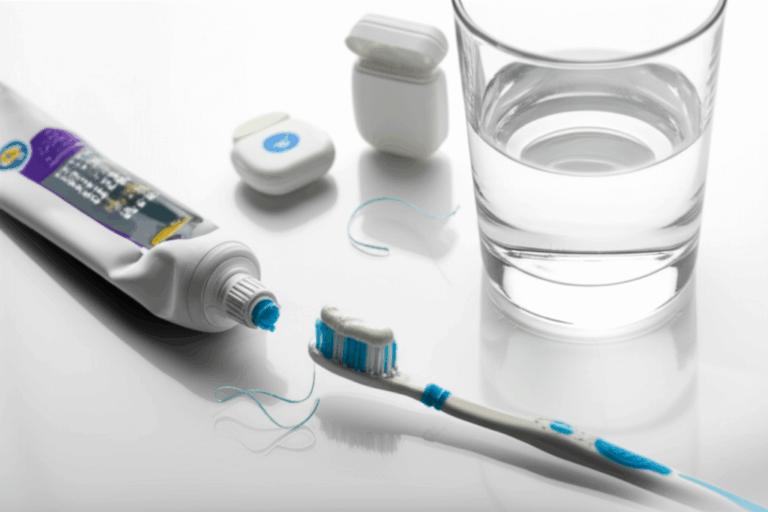
How Much Are Dental Implant Bridges
Have you lost a few teeth and keep wondering, “How much will dental implant bridges cost me?” If so, you’re not alone. Dental implant bridges are making a big difference for people, but almost every patient I see asks the same thing before spending money: “Can I really pay for this?” In this article, I’ll go over the numbers and what’s really involved. I’ll share what brings the price up, how to avoid spending too much, and a few tips I’ve learned working with dental clinics, China dental labs, and sometimes even a zirconia lab. If you want simple answers, real stories, and a bit of hope, you’re in the right place.
Article Outline
- What Is a Dental Implant Bridge?
- Why Do People Choose Dental Implant Bridges?
- What Problems Can High Costs Cause?
- What’s the Price Range for Dental Implant Bridges?
- What Changes the Cost So Much?
- Are There Cheaper Materials or Labs?
- What About Costs in Other Countries?
- Does Insurance Help?
- Are There Hidden or Ongoing Costs?
- How Can You Save Money Without Sacrificing Quality?
- Is It Worth the Money?
- Summary: The Most Important Things to Remember
What Is a Dental Implant Bridge?
Let’s start simple. A dental implant bridge is kind of like building a small bridge inside your mouth. But instead of roads for cars, it’s for your teeth and your bite. If you have a few teeth missing in a row, an implant bridge fills that space. It works by putting a few metal posts—dental implants—in your jaw, then connecting a set of new teeth (the bridge) to those posts.
These aren’t your grandma’s old dentures that wiggle and fall out. Modern dental implants look and feel close to real teeth. You can chew meat, smile big, and you don’t worry about your teeth moving around. For lots of people, this feels life-changing.
Of course, with big changes come big questions. How much will this cost? Is it just for the teeth, or are you paying for things like special scans, the work at a zirconia lab, or even travel costs if your dentist uses a lab overseas like a china dental lab? Let’s look closer.
Why Do People Choose Dental Implant Bridges?
If you’ve lost a tooth, things feel off. Now, imagine missing three or four in a row. Chewing is harder. Smiling feels weird. Foods you like are set aside. Bridges help fix these issues.
I talk to patients all the time who are sick of hiding their smile, eating just soft foods, or getting nervous that old-style dentures will slip. Implant bridges are strong. They boost your confidence and change the way you live.
Even better, they help your mouth stay healthy. When there are gaps, your other teeth can move or your bite can get messed up. Bridges fill in the spaces, helping your whole mouth. That means less pain and less money spent in the future.
It almost sounds too good, right? But then the high price is a real problem.
What Problems Can High Costs Cause?
Here’s the truth: dental implant bridges aren’t cheap. I’ve seen patients worry, skip visits for years, or try fast fixes just to save money. But skipping care can make things worse. Waiting can mean losing bone in the jaw or harming even more teeth.
Worrying about money can also make people skip going to the dentist, pick the cheapest option, or use a lab that doesn’t do good work. Some clinics might use weak parts, skip using a good zirconia lab, or buy from an overseas 3d dental lab with no good checks. This can mean your implants fail, your bridge breaks, and you have to spend more later.
It’s better to understand the real numbers—so you can plan ahead, know what to expect, and avoid mistakes.
What’s the Price Range for Dental Implant Bridges?
When I looked into this for some family members, the prices were all over the place. For a basic three-tooth dental implant bridge, here’s what I found:
- In the United States, it usually costs between $5,000 and $15,000 or even more. That includes the surgery, the implants, and the bridge.
- If you’re missing more teeth or need more implants, the bill gets even higher—sometimes $20,000 or more.
- Other countries might have lower prices. More about that soon.
Remember, these are rough numbers. Sometimes, the price is much higher. The biggest bill I ever saw was over $40,000 for a tricky bridge and fixing a whole jaw. But most people pay something in between.
These numbers can be scary and might make you want to avoid treatment, even though chewing and smiling are important.
What Changes the Cost So Much?
This is where it gets confusing. The price of a dental implant bridge depends on lots of things.
First, there’s the dentist’s or surgeon’s fee. Some are just regular dentists, while others are high-end specialists. Where they’re located matters too. A dentist in a big city like New York will cost more than one in a small town.
The materials matter a lot. Zirconia is popular because it’s strong and looks good, but it’s not cheap. Some clinics use porcelain mixed with metal, which can save money. Do they use a top zirconia lab, or a budget lab with not-so-great ceramics? This makes a big difference.
The lab also matters. Some dentists send your job to an overseas China dental lab or a 3D dental lab with new tech. Sometimes that saves money, but sometimes it creates problems or delays, adding other costs.
Finally, every patient is unique. If you need teeth pulled, bone added, or special scans, those are extra charges. Each mouth is different, and so are the bills.
Are There Cheaper Materials or Labs?
Let’s look at materials and labs. People ask if picking cheaper stuff will help. Yes, sometimes. But it also comes with risks.
You can get a bridge made from less expensive materials, like resin. Resin is the cheapest but is not very strong. It can break, stain, or chip easily. Porcelain is used a lot, but the strength can change based on the lab. Bridges from good zirconia labs usually last longer and look more natural.
Labs are important. Some big dental chains use a 3D dental lab that makes bridges quickly and cheaply. Others use an emax dental lab known for careful work. Labs in other countries, like China, can save you a lot, but make sure your dentist believes their work is good and will fix problems if they come up.
If you save money at first but have to replace things in a year or two, did you really save? I always suggest asking your dentist about what materials and labs they use. That’s where you find out what really matters.
What About Costs in Other Countries?
Some people look outside the US to save money. Dental tourism is getting more popular. Places like Mexico, Thailand, or China have prices up to half or more off.
But there’s a possible downside. What if there’s a problem after you come home? You can’t simply go back for a quick fix. Problems with translation, unknown labs, and no follow-up care can make things harder.
If you’re thinking about getting implants in another country, check the dentist’s background. Ask if their labs—such as China dental labs or 3D dental labs—have a good track record. Make sure your bridge meets safety rules for the US or Europe, not just the price.
Traveling can help your wallet, but always be careful, plan for checkups, and know what to do if something goes wrong.
Does Insurance Help?
If you think insurance will pay for everything, here’s the bad news. Most dental insurance only covers a little bit of an implant bridge. Most of the time, they help with regular bridges or dentures, not implants. You might get some money for the surgery or the bridge itself, but usually only a few thousand dollars at most.
Still, always ask. Sometimes, medical insurance helps if your teeth were lost from an accident or other health problem. You might be able to use an HSA (health savings account) or flexible spending plan, too.
Ask your clinic for a complete list of costs, and check with your insurance as soon as you can. Knowing ahead of time helps stop unwanted surprises.
Are There Hidden or Ongoing Costs?
This surprises people every time. The big cost for implants isn’t the only thing. What about extra X-rays, adding bone, or emergency fixes? Sometimes they’re included, sometimes not.
Implant bridges can last a long time, but you still need cleaning and checkups. If part of the bridge breaks, or your gums get sick, there are more bills in the future. What if your crown chips? Who will fix it?
Ask your dentist for a list of all the possible extra costs. Are there warranties? Some zirconia labs and emax dental labs give guarantees, but check the details. Understand what’s included and what’s not.
How Can You Save Money Without Sacrificing Quality?
No one wants to waste money. But picking the lowest price can also lead to big problems later. So what can you do?
Start by getting another dentist’s opinion. Every office does things a little differently. Shop around. Ask for detailed price breakdowns, not just the total cost. Look at what materials and labs they use, and what happens if you need more work later.
See if your dentist works with an emax dental lab or a trusted 3D dental lab—that could help you save without losing quality. Ask if they have payment plans or financing. Many clinics work with lenders or let you pay in smaller amounts.
Finally, take good care of your teeth before and after. It sounds too simple, but healthy teeth mean fewer surprises and fewer repairs or bills later. That’s more money in your pocket.
Is It Worth the Money?
Right now, you’re probably wondering if dental implant bridges are really worth all this cost and effort. Only you can decide.
Here’s what I’ve seen: Most patients who go for it are happy they did. They can eat better, smile without worry, and no longer dread the dentist. Their bridges feel and look real. That confidence can change a lot.
But if spending this much money will give you money troubles or make you skip good care, it might not be the answer right now. Implants last for years. If you decide to do it, make sure you go with the right dentist, materials, and lab.
No one ever regrets looking after their own health. But many have been sorry after trying to save a few bucks the wrong way.
Bullet Point Summary: The Most Important Things to Remember
- Dental implant bridges fill big gaps and give you a natural-looking smile.
- Costs usually range from $5,000 to $15,000 or more in the US, but can be a lot less in other countries.
- Many things make up the cost: location, dentist’s fees, materials (zirconia, emax), dental care, and which dental lab (China dental lab, zirconia lab, 3D lab) is used.
- Cheaper materials or labs in other countries may save you money, but might not last as long or work as well.
- Insurance normally only covers a small part, so you’ll need to budget for the rest.
- Always ask about surprise costs: repairs, checkups, and if there are any guarantees.
- You can save money by asking around and making smart choices about materials and labs.
- Good daily brushing and seeing your dentist for checkups stops expensive problems later.
- Dental implant bridges can change your life—but only if you plan carefully and spend wisely.
- Never be shy to ask your dentist questions and get everything written down.
Take charge of your dental health, know your options, and make the best choice for your health, your wallet, and your smile.








